At this year’s CES in Las Vegas, two TVs in particular stood out for their picture performance: LG’s G5 OLED TV and Panasonic’s Z95B OLED TV. Both use LG Display’s latest generation WRGB OLED panel which differs from last year’s top of the line panel in important ways. But before we get into the reasons why, here’s a quick primer on TV technology:
LCD-based TVs (including LED/LCD, QLED, and MiniLED) are the most common type of TV available to consumers. However, OLED-based TVs (WOLED from LG Display and QD-OLED from Samsung) are also available and favored by many TV buyers because of their ability to display deeper black, better contrast and superior color saturation.
Unlike LCD-based TVs, which require a light source in combination with the LCD screen panel to display images, OLED TV technology takes a different approach. OLED TVs employ organic LED pixels to display images. Organic LEDs are self-emitting which produce both light and color and contain all of the image information down to the pixel level. This elimination of the backlighting system simplifies TV construction as it reduces the number of elements needed to display images for the viewer.
OLED TVs also allow the color and brightness of the image to be adjusted at the individual pixel level, resulting in finer detail and the ability to reproduce true “infinite” black. Also, with self-lit pixels, OLED TVs can typically create a much wider “sweet spot” for the viewer. Even viewing an OLED TV well off to either side, you still get a color accurate image where LED/LCD TVs typically have a much more limited viewing angle.
The main drawback to OLED TVs are their brightness levels. While the LED backlights in LED/LCD TVs are extremely efficient and can be driven hard to produce blindingly bright images, OLED TVs typically cannot reach the same luminance peaks. And this makes them less capable at reproducing content with high dynamic range (HDR) and less than ideal for watching TV in brightly lit rooms.
Today most OLED TV screen panels are made by LG Display Company (a sister company to LG Electronics). The panels are sold to several TV makers including LG Electronics, Sony, Vizio, Panasonic, and Phillips. Although each company uses LG Display’s OLED panels, each manufacturer contributes their own chassis design, video processing features, connectivity, and streaming platform to differentiate their TV products. For a full rundown on OLED TV technology up to this point, refer to our reference article: WTF is an OLED TV?
We should note that Samsung Display also manufacturers OLED panels and TVs, but theirs use blue OLED pixels with a Quantum Dot color layer to reproduce colors so the approach is a bit different. Those panels are referred to as “QD-OLED” due to their Quantum Dot color processing. Here we will limit our discussion to LG’s WRGB OLED panels.
OLED TV Evolution
OLED has gone through several generations, the most recent being Generation 3 (referred to as OLED META) introduced in 2023. OLED META employs MLA technology (Micro Lens Array or Meta-Lit Lens Array). The core element of this technology is a convex lens array (consisting of thousands of micro-sized lenses) that is placed on the OLED display panel which results in an increased brightness. Each pixel’s brightness is effectively boosted to raise the panel’s overall luminance capabilities. However, MLA adds both cost and manufacturing complexity.
OLED META has proven to be effective at raising OLED brightness, but apparently not effective enough for LG’s goals. After only two years, LG Display has abandoned its 3rd Generation OLED META Platform for a 4th Generation OLED META platform. However, instead of using MLA as a core component, LG has implemented what it refers to as Primary RGB Tandem technology.
This panel structure is also referred to as “four-stack” as it consists of two OLED layers of blue elements, while the yellow OLED element is divided into component green and red elements.
The result of this new panel is that better color accuracy and increased light output (brightness) can be achieved without requiring the MLA layer, thus reducing complexity. LG Display claims that the Primary RGB Tandem panel can provide as much as 4,000 Nits peak white brightness (2,100 nits color brightness) which rivals the brightest LED/LCD-based TVs and also puts it on par with Samsung’s most recent QD-OLED panel implementation.
As mentioned, brightness has always been a weak point of OLED TVs (along with burn-in susceptibility), but it looks like LG Display has come a long way in solving both issues and LG Electronics and Panasonic are embracing these solutions for their OLED TV products in 2025.
LG Display has indicated that the color gamut for DCI-P3 coverage has been boosted from 98.5% with previous MLA OLED panels to 99.5% with the 4-stack panel.
In addition to the increased benefits provided by the new panel, LG Display has also added Ultra-low Reflection technology (probably similar to Samsung’s Anti-Glare screen to be used on its higher-end QD-OLED TVs in 2025).
4th Generation OLED Implementation
The first OLED TVs to feature LG Display’s 4th Generation panel technology include the LG G5, LG M5, and Panasonic Z95B. Although we saw these TVs at CES separately, only Panasonic demonstrated their older OLED (Z95A) with the new Z95B side by side at their launch event. The looping demo material appeared to show improvements, but they were subtle in that viewing environment. Color vibrancy on the Z95B did appear to have more pop, while shades of a flowing white silk scarf revealed slightly more detail as well as higher peak white brightness.
Pro Tip: The Panasonic Z95B also touts the incorporation of a ThermalFlow cooling system, which the company claims adds further long-term stability. It is possible that the LG models may include this or a similar cooling system, but LG has been tight-lipped to reveal too much so far.
With no TV news from Sony at CES, we wonder if Primary RGB Tandem panels could be a part of Sony’s 2025 OLED TV line-up? Sony uses OLED panels from both LG and Samsung in their TVs but their current flagship A95L TV uses Samsung Display’s QD-OLED panel. Perhaps Samsung Display also has a thing or two up their sleeve with QD-OLED panels that they haven’t yet revealed? One thing is for sure: this year’s TV Shootout is going to be very interesting indeed.

Panasonic’s 2024 and 2025 model OLED TVs were shown side by side at a press event at CES 2025, but the photo above doesn’t do the comparison justice. At this angle, a bright light was reflecting from the left TV only, but LG Display’s new anti-reflective screen is likely contributing to the improved black levels on the Z95B.
The Bottom Line
From 2013 through 2021, LG’s OLED TV technology did not change much, but since 2022 there has been a rapid evolution of its capabilities as the gap between LED/LCD TV technology and OLED TV technology has been narrowing. At CES 2025, LG Display took a lot of us by surprise by announcing 4th Generation OLED TV technology just two years after its 3rd Generation, and with a radically different approach.
Since LCD-based TVs have previously earned a brightness advantage in the highest end models, it seems new 4-stack WOLED technology may be narrowing that gap. However, keep in mind these new OLED TVs are still likely to cost more than comparable sized LCD TVs, even those with local dimming and microLED backlights. So ultimately, will improvements in OLED be enough to sway more TV buyers to pay a premium for the best possible picture? We shall see.
Related Reading
- Best in Show CES 2025: Here are the Audio/Video Products That Impressed Us Most
- LG’s UltraGear GX9 Bendable 5K2K Gaming Monitor Will Prove to Be a Game Changer: CES 2025
- LG’s Transparent OLED TV Arrives At $59,999
- LG Announces QNED evo 4K TVs for 2025 with Wireless and AI


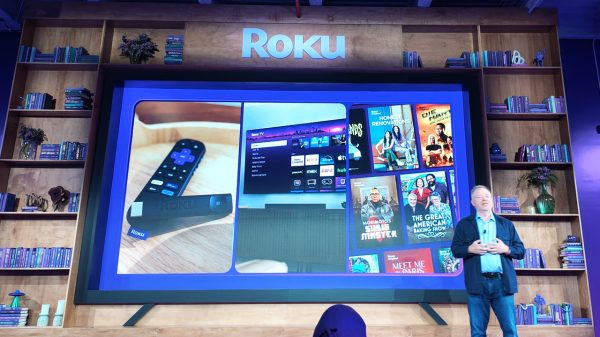


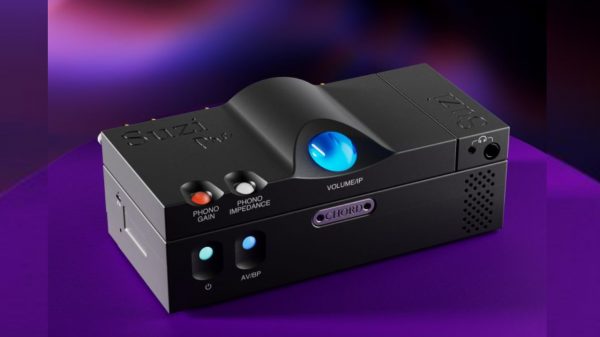

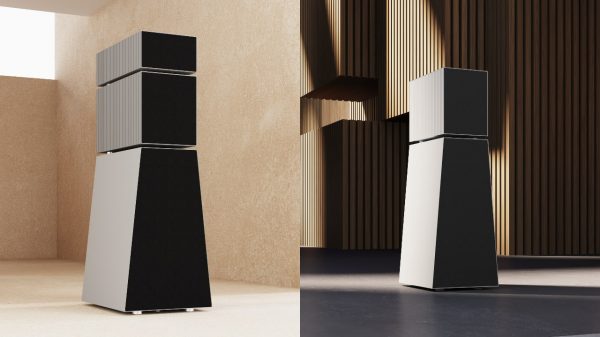
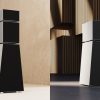




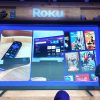


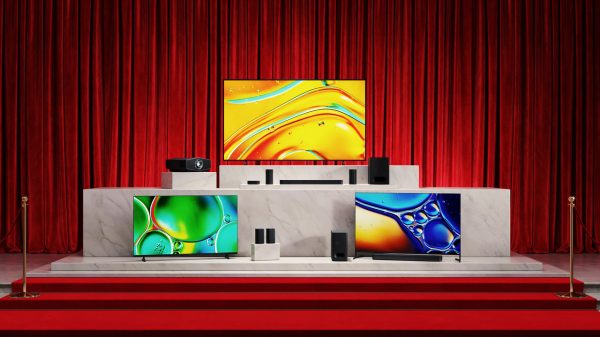





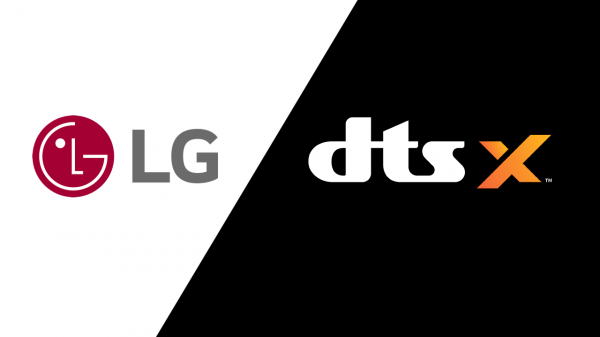












Joe Compress
January 22, 2025 at 2:27 am
Just how bright do TV’s need to be ?
Setup properly
Last year’s, even the year before were fine.
Are manufacturers’ chasing meaningless numbers to feed the marketing machine ?
Chris Boylan
January 22, 2025 at 3:00 pm
It’s a valid question. But I would say that emissive displays like OLED and MicroLED do still suffer a bit in bright room viewing. So if an OLED can get nearly as bright as an LED/LCD TV and still maintain those perfect black levels, then we really could have a TV that is the best of both worlds – great in dark rooms and still extremely good in bright rooms.
IMHO, I like to see the best TVs getting better (and brighter) every year, because the tech eventually trickles down to the more affordable models. I do enjoy watching movies on the LG B4 OLED TV that is currently in my living room, but when the room lights are on, the reflections and washed out black levels are annoying. With Samsung (and hopefully soon TCL) pushing LG to keep improving OLED technology, we should see more affordable OLED TVs on the market that can compete with LED/LCD sets in bright room viewing.
Ian White
January 22, 2025 at 3:08 pm
I agree with Chris here. I have the 75″ Hisense U8N MiniLED under review right now and it’s better in a very bright room compared to my 2 year-old LG OLED in that regard. It’s also only $1,500 which is almost 45% less than what I paid for my LG OLED TV. The black levels are not as good as the new Samsung and LG OLED TVs but the overall image quality is excellent for the money. The trickle down is real and that will result in better TVs that are more affordable. I actually find the advancements in display technology far more impressive than what’s happening in audio right now.
IW